Smartplantedaquarium.com participates in affiliate marketing programs. We may earn commissions on purchases made through our affiliate links. This doesn't affect our content or recommendations and we only recommend products we would put in our own tanks.
With its lush, vibrant green appearance and easy maintenance, Java Moss is an ideal choice for both beginner and experienced aquarists.
In this comprehensive guide, we will walk you through the essential steps of planting, propagating, and caring for Java Moss, enabling you to cultivate a thriving aquatic environment that’s not only aesthetically pleasing but also beneficial for your aquatic inhabitants.
Whether you’re a novice looking to enhance your aquarium’s beauty or an experienced enthusiast seeking to explore the wonders of aquatic flora, Java Moss 101 will be your go-to resource for mastering the art of Java Moss cultivation.
Let’s dive in and discover the secrets to nurturing this resilient and enchanting aquatic plant.
Contents
Overview of Java Moss
Java Moss, scientifically known as Taxiphyllum barbieri, is a popular and versatile aquatic moss species highly valued in the world of aquarium and terrarium enthusiasts.
Originating from Southeast Asia, this vibrant green moss is cherished for its ability to thrive in various aquatic environments, adding a lush, natural look to underwater landscapes.

Its delicate, feathery appearance and easy-care nature make it a favored choice for both beginners and experienced hobbyists, as it provides excellent hiding places for small aquatic creatures, helps improve water quality, and enhances the overall aesthetics of aquatic setups.
Java Moss is a true gem for those seeking to create captivating underwater ecosystems or miniature green worlds in terrariums.
| Common Name | Java Moss |
|---|---|
| Scientific Name | Taxiphyllum barbieri |
| Family | Hypnaceae |
| Origin | Southeast Asia |
| Habitat | Shaded, slow-moving or still waters |
| Growth Rate | Slow |
| Light Requirements | Low to moderate |
| CO2 Requirements | Low |
| pH Range | 5.0 – 8.0 |
| Temperature Range | 59°F – 86°F (15°C – 30°C) |
| Max Height | 4-5 inches (10-13 cm) |
| Propagation | Fragmentation and division |
| Difficulty Level | Easy |
| Nutrient Requirements | Low to moderate |
| Placement in Tank | Foreground or attached to hardscape |
| Compatibility | Suitable for community aquariums |
| Benefits | Oxygenation, nitrate removal, shelter for small fish and invertebrates |
| Common Uses | Aquascaping, shrimp tanks, breeding setups |
| Special Considerations | Can become invasive if not controlled |
Java Moss Appearance and Size
Java Moss (Taxiphyllum barbieri) is known for its distinctive appearance and relatively small size, which makes it a popular choice for aquascaping and terrariums.
Appearance:
- Texture: Java Moss has a fine, delicate texture with small, feathery fronds. Its appearance is often described as lush and intricate, resembling miniature ferns.
- Color: Typically, it displays a vibrant, bright green color, adding a refreshing and natural look to aquatic or terrarium environments.
- Growth Pattern: Java Moss grows in a prostrate, creeping manner, forming dense, carpet-like mats or clinging to surfaces such as rocks, driftwood, or substrate.
Size:
- Individual Fronds: Each frond of Java Moss is quite small, usually ranging from 1 to 3 centimeters (0.4 to 1.2 inches) in length.
- Mat Formation: When allowed to grow freely, Java Moss can form thick mats that cover surfaces in an aquarium or terrarium. These mats can extend several inches or more in width and length, depending on environmental conditions and maintenance.
The small size and intricate appearance of Java Moss make it a versatile choice for various aquatic setups. Its growth pattern allows it to serve as a decorative element, provide shelter for aquatic creatures, and contribute to water quality by absorbing excess nutrients and providing oxygen.
Additionally, its ease of care and adaptability make it a favorite among hobbyists looking to create lush, green landscapes in their tanks or terrariums.
Java Moss Uses
Java Moss (Taxiphyllum barbieri) is a versatile aquatic plant prized for its numerous uses in aquariums and terrariums. Its feathery, vibrant green appearance and ease of care make it a favorite among hobbyists.
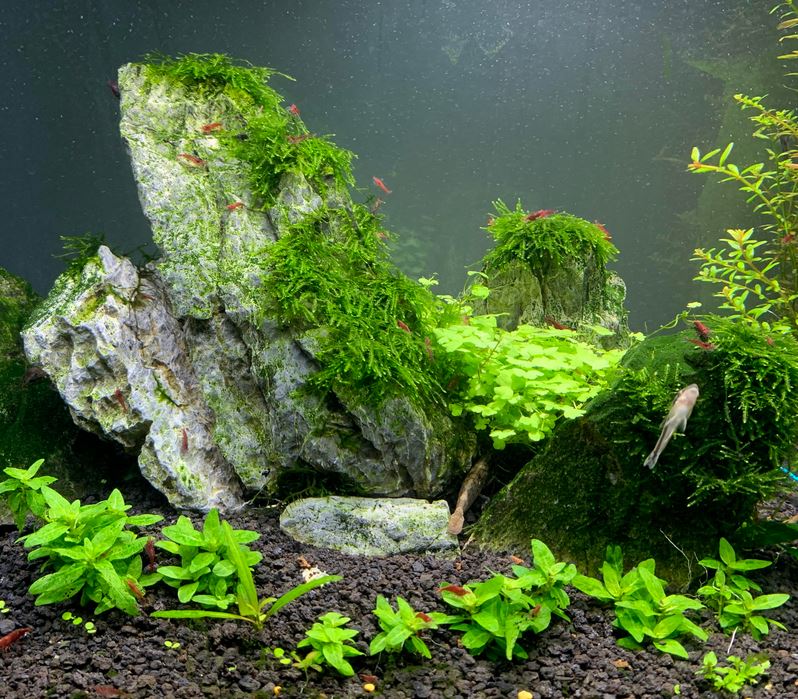
Firstly, Java Moss serves as a natural and visually appealing carpet or wall covering, creating lush, green landscapes in aquatic setups.
It also provides essential shelter and breeding grounds for small fish and invertebrates, reducing stress and enhancing their overall well-being.
This moss contributes to water quality by absorbing excess nutrients and helping to maintain a balanced ecosystem.
Additionally, Java Moss is a popular choice for aquascaping, as it can be creatively incorporated into hardscape designs, offering texture and contrast to driftwood, rocks, and other decorative elements.
Furthermore, it can be used to establish miniature ecosystems within terrariums, enhancing the aesthetics and providing a habitat for small reptiles or amphibians.
Tank Setup and Requirements
Java Moss (Taxiphyllum barbieri) is a hardy and adaptable aquatic plant that can thrive in a wide range of tank setups. Here are the key tank setup requirements and considerations for cultivating Java Moss:
- Tank Size: While Java Moss is highly adaptable to tank size, it’s often recommended to have a minimum tank size of around 5 gallons. This provides ample space for the moss to grow and spread without overcrowding the tank.
- Tank Shape: Java Moss doesn’t have specific requirements regarding tank shape. It can be grown in various tank shapes, including rectangular, square, or cylindrical tanks. The key is to ensure that the tank’s dimensions allow for the placement of objects where you want to attach the moss.
- Filter Type: Java Moss is compatible with various filter types commonly used in aquariums. However, it’s important to be mindful of water flow. Excessive water flow can dislodge or damage the moss. To prevent this, you can use a sponge filter or baffle the outflow of stronger filters.
- Substrate: Java Moss is a hardy, epiphytic plant, which means it doesn’t require a specific substrate to grow in. It attaches itself to surfaces, such as rocks, driftwood, or decorations, using tiny rhizoids. Some aquarists even let it float freely in the water column. However, if you’re having trouble deciding which substrate is best for your Java Moss tank, check out our 10 Best Substrate Guide today.
- Water Temperature: Java Moss is highly adaptable to a wide range of temperatures, making it suitable for both tropical and temperate aquariums. The ideal temperature range is typically between 59°F to 82°F (15°C to 28°C).
- pH Level: Java Moss can tolerate a broad pH range, but it generally prefers slightly acidic to neutral conditions, with a pH level of 6.0 to 7.5.
- Water Hardness: This moss is also adaptable to varying water hardness levels. It can thrive in both soft and moderately hard water conditions.
- Lighting for Java Moss Plant Tanks: Java Moss is considered a low-light plant. It can thrive under low to moderate lighting conditions. You can use aquarium LED lights with a color temperature between 6500K and 7500K for optimal growth. Avoid intense lighting, as it may encourage algae growth.
- Nutrient Requirements for Java Moss Plants: Java Moss is not a heavy feeder and can derive nutrients from the water column. However, providing a liquid aquarium fertilizer with trace elements can promote healthier growth. Avoid overdosing, as excessive nutrients can lead to algae issues.
How to Grow and Plant Java Moss
Growing and planting Java Moss (Taxiphyllum barbieri) is relatively simple, and it can be done in various ways to suit your aquarium or terrarium setup. Here’s a step-by-step guide on how to grow and plant Java Moss:
1. Acquire Healthy Java Moss: Start by obtaining healthy Java Moss from a reputable source, such as a local aquarium store or an online retailer. Ensure that the moss is vibrant green and free from signs of decay or algae.
2. Choose a Growing Surface: Java Moss can be attached to various surfaces, including driftwood, rocks, mesh, or even left to float freely in the water. Decide how you want to incorporate it into your setup.
3. Super Glue Method (for Hard Surfaces): If you’re attaching Java Moss to hard surfaces like driftwood or rocks, the super glue method can be effective. Apply a small amount of aquarium-safe super glue or gel to the chosen surface. Gently press small portions of Java Moss onto the glue. Hold the moss in place for a minute or two to allow the glue to bond. Over time, the moss will attach itself naturally as it grows, and the glue will break down.
4. Tying Method (for Soft Surfaces): If you’re attaching Java Moss to soft surfaces or creating a moss wall, use the tying method. Cut small portions of Java Moss and place them on the desired surface. Use fine fishing line, cotton thread, or even mesh to tie the moss in place. Be careful not to tie too tightly, as it can damage the moss. As the moss grows and attaches, you can remove the ties.
5. Carpeting or Floating: To create a carpet effect, spread Java Moss evenly over the substrate. Trim and maintain it regularly to achieve the desired carpet thickness. For a floating moss look, simply let the Java Moss float freely on the water’s surface. It can provide shade for your aquarium and serve as a natural filter.
How to Propagate Java Moss
Java Moss reproduces easily, allowing you to create new patches or expand existing ones. There are two primary methods for propagating Java Moss: division and fragmentation.
1. Division
Division involves separating a larger clump of Java Moss into smaller portions, each of which can grow independently. Here’s how to do it:
- Carefully remove the desired section of Java Moss from the main clump.
- Ensure that each section has a healthy and intact portion of moss.
- Attach the separated portion to a new area in your tank using the tying or gluing method mentioned earlier.
- Over time, the separated portion will establish itself and grow into a new clump of Java Moss.
2. Fragmentation
Fragmentation is a simple method where you allow Java Moss to naturally break into smaller pieces, which can then be collected and used for propagation:
- As Java Moss grows, it can develop loose or partially detached fronds.
- These fronds may break off or become dislodged due to water movement or tank activities.
- Collect the free-floating or loose Java Moss fragments.
- Attach these fragments to new surfaces or areas in your tank using the tying or gluing method.
- With proper care, these fragments will attach and grow into new moss patches.
Tips for Successful Java Moss Propagation
- Ensure that the Java Moss you’re propagating is healthy and free from any signs of decay or algae.
- Be gentle when handling the moss to avoid damaging its delicate fronds.
- When attaching separated portions or fragments to new surfaces, secure them well to prevent them from floating away or getting dislodged.
- Maintain consistent water quality and appropriate lighting to promote healthy growth in the newly propagated sections.
- Patience is key. Java Moss grows relatively slowly, so it may take some time for the propagated portions to establish themselves and become lush.
Java Moss Care and Maintenance
Maintaining the vibrancy and health of Java Moss (Taxiphyllum barbieri) in your aquarium or terrarium is essential for creating a lush and visually appealing aquatic environment. Proper care involves regular pruning to prevent overgrowth, mindful attention to water flow, and vigilance in controlling algae growth.
1. Pruning and Trimming
Pruning and trimming are essential to keep your Java Moss in check. Without regular maintenance, Java Moss can become dense and block light from reaching other plants or create a thick mat on the water’s surface, which can hinder gas exchange.
Use aquarium scissors or your fingers to trim the moss. Start by removing any discolored or dead portions. To trim, simply cut away excess growth and shape the moss to your desired look. This practice encourages healthy growth and prevents overcrowding.
2. Water Flow Considerations
Pay attention to water flow in your tank. While Java Moss is adaptable, strong water flow can uproot or damage the moss. Adjust the positioning of your filter outlets or use decorations and hardscape elements to create barriers that redirect water flow away from delicate moss patches. This ensures that the moss remains firmly attached and thrives.
3. Algae Control
Java Moss can help control algae growth by competing with algae for nutrients and light. However, it’s not a guaranteed solution. To prevent excessive algae growth, maintain proper lighting duration and intensity, and ensure that nutrient levels, particularly nitrates and phosphates, are within a reasonable range. Regularly clean your tank’s glass and surfaces to remove algae and debris.
5. Cleaning and Debris Removal
Periodically clean your Java Moss to remove debris, detritus, and dead plant matter that may accumulate within its fronds. This not only improves the moss’s appearance but also prevents organic material from decomposing and affecting water quality. Use a gentle flow of water or a turkey baster to dislodge and remove debris without damaging the moss.
6. Water Changes
Regular water changes are crucial for maintaining water quality in your aquarium. They help remove excess nutrients, maintain stable pH levels, and ensure the overall health and vibrancy of your Java Moss and other aquatic plants. Consistent water changes also reduce the risk of nutrient imbalances that can lead to algae issues.
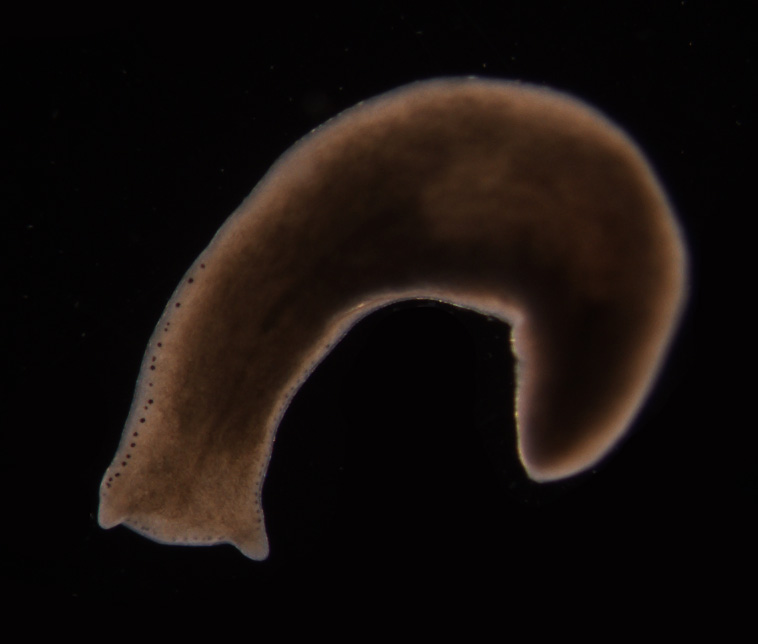
7. Check for Pests
Keep an eye out for any signs of unwanted pests in your Java Moss, such as snails or planaria. If you notice these creatures, take appropriate steps to address the issue. You can manually remove pests or consider introducing natural predators like certain fish or invertebrates.
Common Issues with Java Moss
While Java Moss (Taxiphyllum barbieri) is a hardy and adaptable aquatic plant, it can still encounter common issues if not properly cared for. Here are some common problems you might encounter when growing Java Moss in your aquarium or terrarium and how to address them:
1. Algae Overgrowth
Issue: Excessive algae growth on Java Moss can block light and hinder its growth. Algae can also outcompete the moss for nutrients.
Solution: To control algae, maintain proper lighting duration and intensity, and monitor nutrient levels. Regularly clean the tank to remove algae and debris. You can also manually remove algae from the moss by gently brushing or rinsing it.
2. Browning or Yellowing Moss
Issue: Java Moss may turn brown or yellow if it is not receiving adequate light or if water quality is poor.
Solution: Ensure that your aquarium or terrarium has appropriate lighting for Java Moss (low to moderate intensity) and maintain good water quality through regular water changes and proper filtration. Trim and remove any discolored or dead moss to encourage healthy growth.
3. Detached or Floating Moss
Issue: Java Moss can become dislodged from surfaces due to strong water flow, tank activities, or disturbances.
Solution: Securely attach the moss to surfaces using the tying or gluing method mentioned earlier. Adjust water flow to prevent excessive turbulence that might uproot the moss.
4. Overgrowth and Matting
Issue: Java Moss can grow into dense mats that block light and reduce water circulation.
Solution: Regularly trim and prune the moss to prevent it from becoming too thick. Thinning out dense patches allows light to reach the lower parts and prevents dead spots where detritus can accumulate.
5. Pest Infestations
Issue: Snails, planaria (flatworm), or other unwanted pests may infest Java Moss.
Solution: Physically remove any pests you observe. You can also introduce natural predators like certain fish or invertebrates to help control pest populations. Quarantine new additions to your tank to prevent introducing pests.
6. Poor Attachment or Growth
Issue: Sometimes, Java Moss may not attach well to surfaces or may not grow as expected.
Solution: Ensure that the moss is securely attached during planting. Check water parameters, including temperature, pH, and hardness, to ensure they are within the recommended range. Provide appropriate lighting conditions.
7. Nutrient Deficiency
Issue: If Java Moss appears stunted or discolored, it may be suffering from nutrient deficiency.
Solution: Consider using a liquid aquarium fertilizer with trace elements to provide essential nutrients to the moss. However, avoid over-fertilizing, as this can lead to algae problems.
Compatibility And Tank Mates
Java Moss (Taxiphyllum barbieri) is a versatile and peaceful aquatic plant that generally gets along well with a wide range of fish, invertebrates, and other aquatic species. Its dense, feathery growth provides a natural and beneficial habitat in aquariums and can be used in various ways to create hiding spots and surfaces for beneficial microorganisms. Here are some examples of compatible tank mates and considerations:
1. Fish Compatibility:
- Small Community Fish: Java Moss is an excellent addition to tanks housing small, peaceful community fish such as tetras, rasboras, guppies, and danios. These fish won’t disturb the moss and will benefit from the added cover.
- Shrimp: Shrimp species like Cherry Shrimp and Amano Shrimp thrive alongside Java Moss. The moss provides a place for them to graze on microorganisms and seek shelter.
- Betta Fish: Betta fish, also known as Siamese fighting fish, can coexist with Java Moss. The moss creates a natural environment with hiding spots, which can reduce stress for bettas in a community tank.
- Bottom Dwellers: Catfish species like Corydoras and Otocinclus enjoy foraging around Java Moss, making it an ideal addition to their tanks.
2. Plants:
- Floating Plants: Floating plants like Amazon Frogbit (Limnobium laevigatum) or Water Sprite (Ceratopteris thalictroides) can provide shade and reduce excessive light for both Java Moss and other plants in the tank.
- Low-Light Stem Plants: Some low-light stem plants like Hornwort (Ceratophyllum demersum) and Water Wisteria (Hygrophila difformis) can thrive in the same conditions as Java Moss.
- Carpeting Plants: If you’re creating a carpeted aquascape with Java Moss, you can combine it with other carpeting plants like Dwarf Baby Tears (Hemianthus callitrichoides) or Dwarf Hairgrass (Eleocharis sp.) for a lush ground cover.
3. Invertebrates:
- Snails: Snails, such as Nerite Snails and Mystery Snails, often graze on the surfaces of Java Moss, helping to keep it clean and free from algae.
- Crayfish and Crabs: In some cases, crayfish and freshwater crabs can be compatible with Java Moss. However, be cautious as some species can be aggressive and may damage the moss.
4. Considerations:
- Herbivorous Fish: Avoid keeping herbivorous fish species like goldfish and some cichlids with Java Moss, as they may nibble on or uproot the moss.
- Highly Aggressive Fish: Aggressive or predatory fish should be kept separately from Java Moss, as they are likely to damage or consume the moss and any associated tank mates.
Conclusion
Mastering the art of growing, caring for, and propagating Java Moss is a rewarding journey for any aquarium enthusiast or plant lover. Through this comprehensive guide, we’ve explored the essential steps and considerations needed to ensure the health and vitality of this versatile aquatic plant.
By providing the right environment, maintaining proper care, and utilizing propagation techniques, you can not only enjoy the lush green beauty of Java Moss in your aquarium but also contribute to a thriving aquatic ecosystem.
Remember that patience and diligence are key as you embark on your Java Moss adventure, and with time, you’ll witness the flourishing results of your efforts, transforming your aquatic world into a captivating and serene oasis.
Frequently Asked Questions
1. At what speed does Java Moss grow?
Java Moss is known for its relatively slow growth compared to some other aquatic plants. Under optimal conditions, it typically grows at a rate of about 0.5 to 1 inch (1.27 to 2.54 cm) per month. However, growth can vary based on factors like lighting, water quality, and care.
2. Is it complicated to grow Java Moss?
No, Java Moss is not complicated to grow, and it’s known for its ease of care. It’s suitable for beginners and experienced aquarists alike. Java Moss is adaptable to a wide range of conditions, including low to moderate lighting and various water parameters. Proper attachment to surfaces, routine trimming, and maintenance are essential for healthy growth.
3. Does Java Moss need to be underwater?
Java Moss is an aquatic plant that thrives when submerged in water. It can tolerate brief periods of emersion but should primarily be kept underwater to ensure its health and growth. It can also be grown in paludariums, where part of the plant is submerged while some portions grow above the waterline.
4. Can Java moss be used as a carpet plant?
Yes, Java Moss can be used as a carpeting plant in your aquarium. To create a carpet effect, spread the moss evenly over the substrate, ensuring that it attaches securely. Trim and maintain it regularly to achieve the desired carpet thickness. While it may take time to form a dense carpet due to its slow growth, the result can be visually appealing.

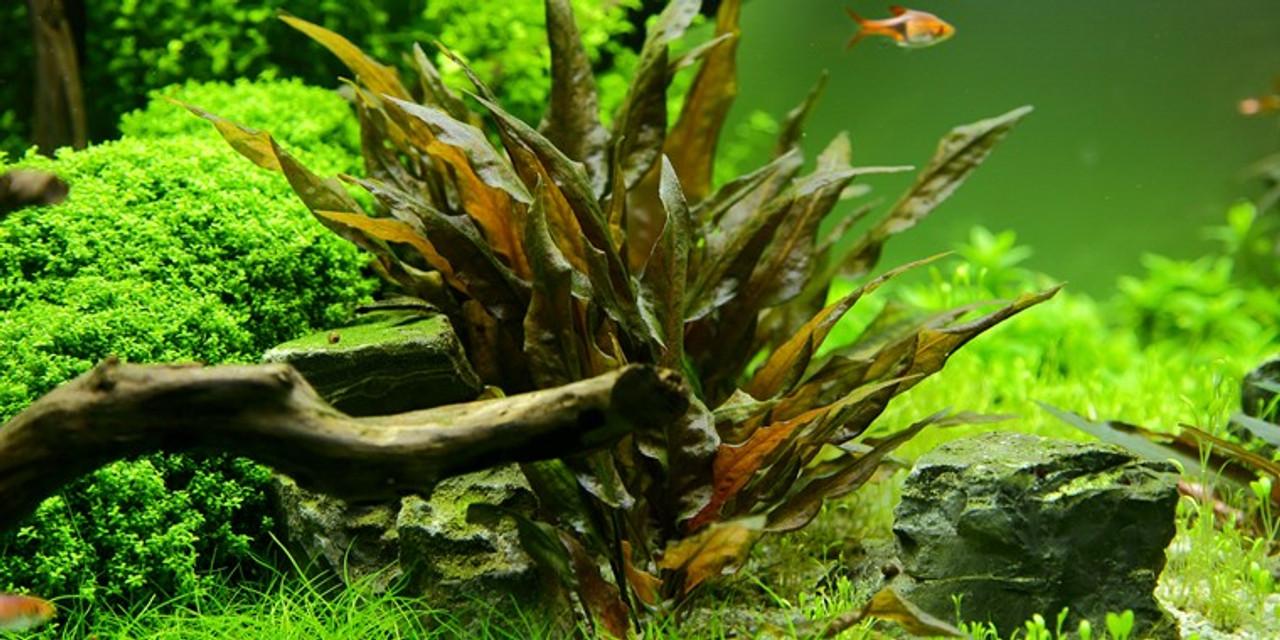
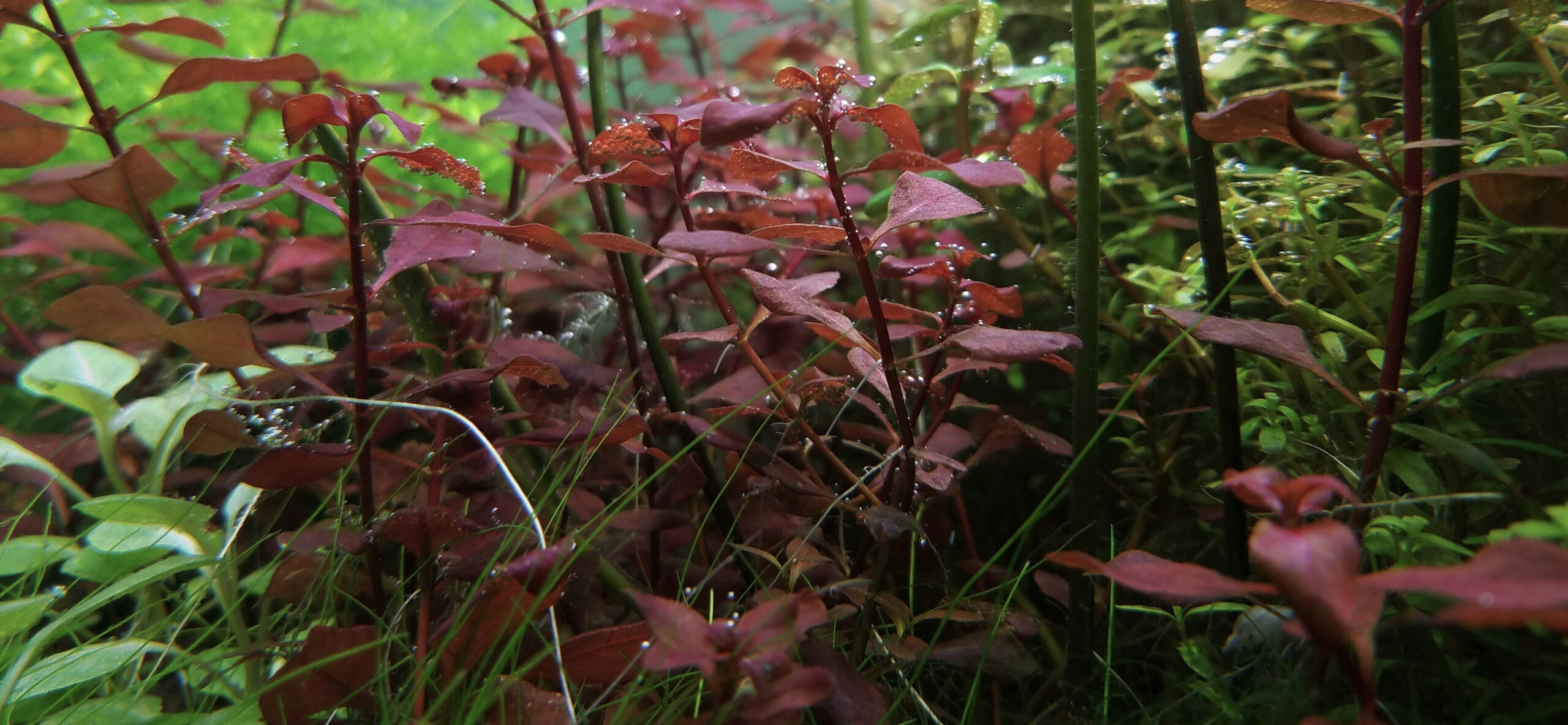
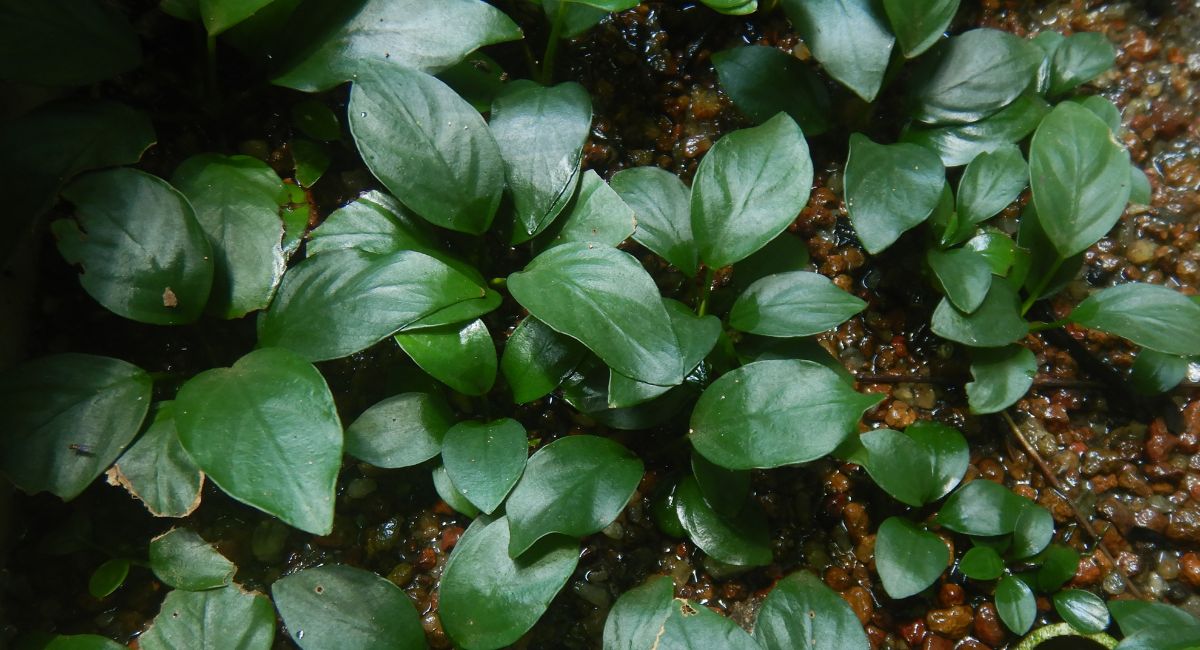

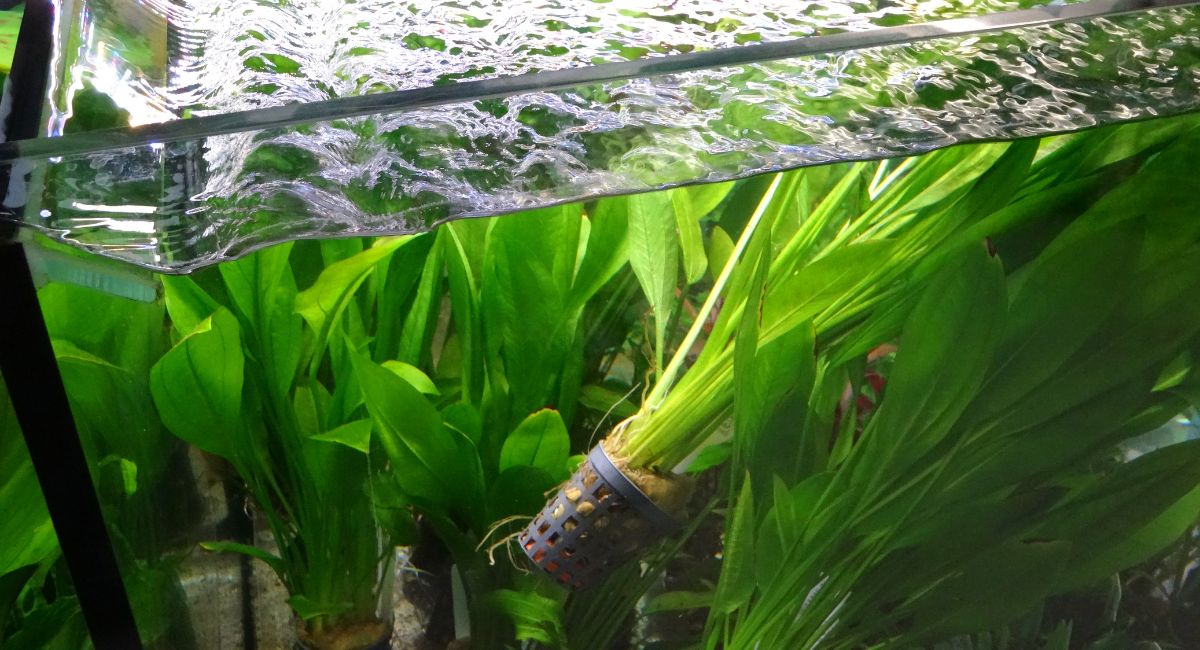
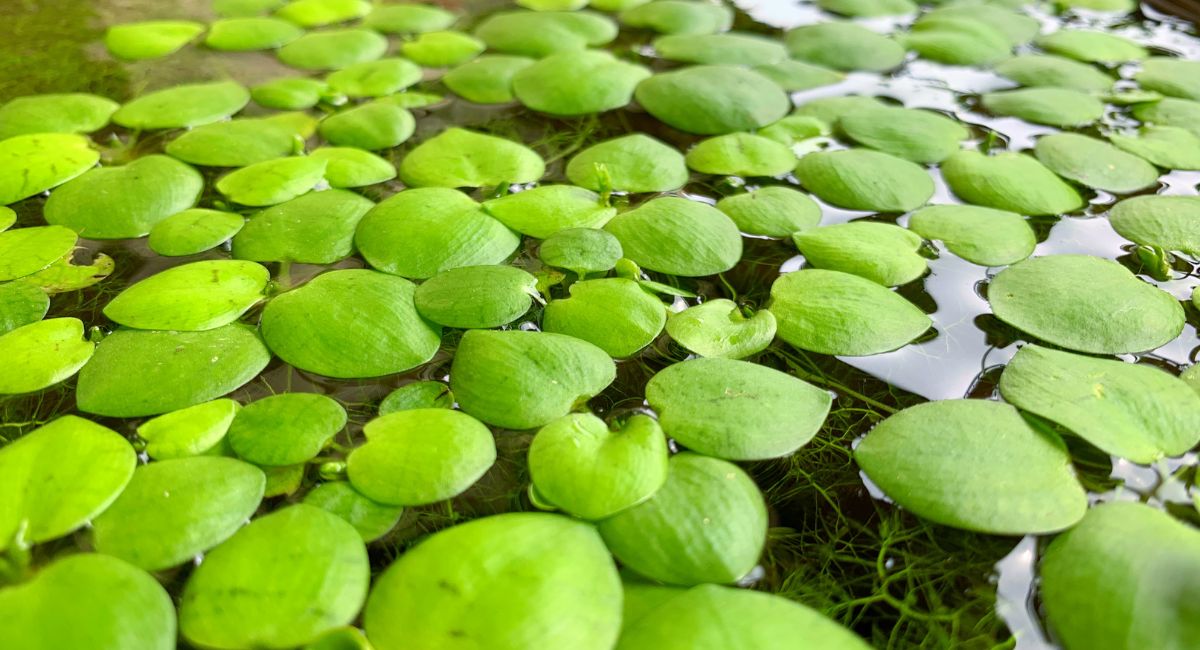
Probably the best article I’ve read to date on this aquarium plant. Thank you.